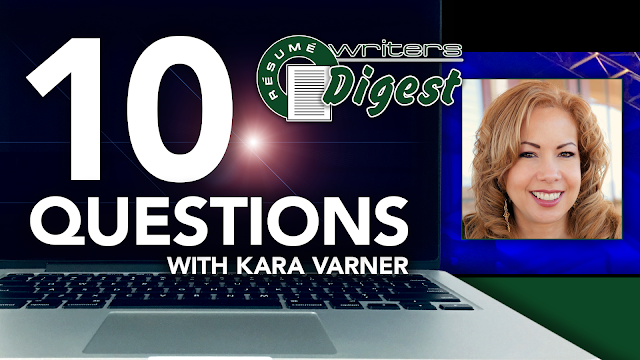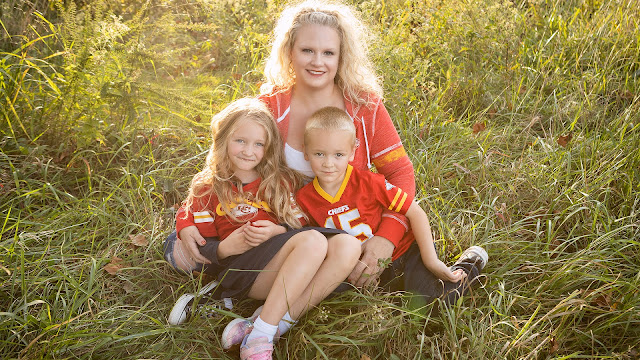But we aren’t completely missing out, because HubSpot is live-streaming some of the daily sessions. Today was Day 1, and I wanted to share some key insights from the keynote session, and my thoughts.
There are approximately 12,000 in-person attendees in Boston, and Jon and I were among the estimated 100,000 people watching online.
First of all, looking at the livestream session descriptions, you’ll see it’s heavy on artificial intelligence (AI)-related topics. That was initially a little off-putting to me — but I was pleasantly surprised by the actual sessions themselves. I joked on a group text with our friend Jason (who is attending INBOUND in person) that we could make an AI “drinking game” where you have to take a drink every time they say, "AI."
His response was: “I’m not sure even I can survive that drinking game. Just reading the agenda for today is 14 shots.”
Since I drink Cherry Cokes, I’d survive … but to say that AI is THE topic of conversation this year would be an understatement.
And a nod to the “How Technology Let Me Down” part of the headline of this blog post: As I mentioned, the sessions are live-streamed. So I was taking notes as it went along. I’ve mentioned before that I absolutely LOVE Evernote … but today, Evernote failed me. In the opening session, there were three separate speakers. As I started to write the notes for the third speaker, I noticed that half of my notes from the second speaker had disappeared. I pay for the Premium version of Evernote, so I thought maybe I had overwritten part of the note accidentally, so I went back to check my version history to restore the note.
Nope. No luck. That wasn’t the issue. The content had just disappeared.
Fortunately, it appears that I can go back and re-watch the second speaker of the first session and re-capture my notes. But UGH! After realizing that, I took the remainder of the day’s notes in Microsoft Word. Jon mentioned that there is an update for Evernote, and we’ll be updating it tonight to see if that fixes it. (In pasting in my notes from Microsoft Word after the last session, part of it didn't paste into Evernote either. So yeah, we’ll be doing the update to the app.)
One of my favorite things about attending conferences — whether that’s a resume writing conference or a marketing conference — is the inspiration. The content (especially actionable content) is important, but the ability to just step back from daily activities is such a critical thing for me.
Now, unfortunately for me, I couldn’t completely unplug from daily life. We’re getting new siding put on the house after a June 2022 hailstorm and I had to take my Honda Pilot in for an oil change (it was supposed to be yesterday, but my mechanic had to reschedule).
Ok, onto the highlights from the keynote session.
HubSpot Keynote
The first of the three speakers during the keynote was Yamini Rangan, CEO of HubSpot.
Change is the theme. Technology is changing. The way customers buy is changing. How we connect with customers needs to change.
Artificial intelligence isn’t new — it’s been around for decades. But predictive AI — which predicts the future based on past data — has the potential to transform knowledge and creative work.
If you put the word “artificial” aside, focus on “intelligence.” That’s the shift happening with AI — going from acquiring information to acting on intelligence. What’s the best way to use this intelligence? Rangan says, “The intelligent way to use intelligence is to drive customer connection.” The power of acting on intelligence is to “connect deeply” with customers. That connection matters, she says, “because it drives growth.” She added that customers who focus on customer connection saw five times more growth than the average company. Companies who consistently connect with customers through every stage of the customer journey saw 19% more growth.
“No matter the segment or industry, the more you engage with your customers, the more you can grow,” Rangan said. “Customer connection drives growth. AI can drive connection at scale. Always start with the customer. Get deeply curious about your customer’s journey.” Getting to know customers on a granular level — understanding the whole person — is the key.
“Customer expectations are changing. We need to put ourselves in the shoes of our customers to understand this change — from how they discover and consider the product to how they buy and use these products,” she added.
The customer journey:
• Discover. This is changing from search to social. You use to be able to search and get links from all over the Internet. Now, customers are discovering products before they search — on social media. “Customers don’t want to search — they want to get social.”
• Consider. Customers want to learn more. How they learn is changing from “clicks” to “conversations.” Before, when your customer wanted information, they went to your website. They would click, filter, and sort through information. All that clicking is time-consuming and inefficient, especially in the world of ChatGPT. Now, they want to go to your website and chat. They want a one-to-one helpful conversation to find out exactly what they need. “They don’t want to convert on your website; they want to converse on your website.” Their expectations are going from being okay getting personalized information to getting personal insights.
• Buy. Make it easy to buy. Don’t make them give you information they’ve already provided. Customers expect you to give them insights every time they connect with them, regardless of the channel. Personal is tailored. They expect insights that are specific to them.
• Use. “This is where the real work begins.” Rangan says that customer expectations have changed from being okay with reactive help to getting proactive help. They submit a ticket or call in or follow up with an email to get the answer they need — but, most of the time, they don’t get the answers they are looking for. She says 98% of customers find service interactions frustrating, but you can use AI to “delight them proactively.”
She ended by saying, “AI can be the most profound change to transform marketing, sales, and service.”
Next up in the keynote was Andy Pitre, Executive Vice President of the Product Team. He also talked about change, and how it can be hard.
“This is the age of intelligence,” he noted. “Work smarter, not harder.” He talked about how the HubSpot CRM centralizes your customer data in a connected ecosystem, giving you the tools to customize the customer experience.
His part of the presentation focused more on the integration of AI into the HubSpot product itself. (And this was the part of my notes that Evernote lost, so I’ll have to go back and rewatch his section.)
The final part of the keynote was Dharmesh Shah, founder of HubSpot and current Chief Technology Officer (CTO). He’s famous for his “dad jokes” in his speeches, and he didn’t disappoint.
He started the presentation talking about how his son has been using GPT for the past couple of years. His son is now an advanced user, and built a role-play game that uses GPT. Shah said that English will become “the most popular programming language in the world” thanks to GPT. (Users will be able to program using English instead of code.)
He said advances in AI will address the frustrations that his son has experienced.
Frustration 1: Static language models --> dynamic
Currently, GPT uses historical information. It doesn't know what has happened since September 2021. Shah said we will see learning models being augmented by real-time data.
Frustration 2: Text input --> Multi-Modal inputs
Currently, we use text as an input. In the future, we’ll be able to add images, audio, and code as prompts.
Frustration 3: Passive --> Active
Right now, GPT waits for you to enter a prompt. In the future, it will make suggestions.
All of this will create to create “the next big wave in generative AI: AgentAI.”
Shah sees a future where AI-powered software will work mostly autonomously to pursue goals by working as an expert (working with large language models and other agents). He sees different “agents” tailored to your needs – search agent, web crawling agent, pricing analysis agent.
Shah asked the audience to consider two questions.
First, “How should I now be thinking about data in the age of AI?”
He said AI models are increasingly common, and data is the common denominator. The first generation of Customer Relationship Management (CRM) software was increased more than 30 years ago. Cloud CRM came about 20 years ago. The new thing is “Smart CRM” — CRM with AI included.
Second, “Will AI take my job?”
Shah said that “AI will take your job…”
But then he added “…and give you one that’s better.”
He said it offers the promise of “less grind and more growth.”
He introduced the AIAIO framework:
• Awareness – discover what AI can do
• Investigation – explore use cases
• Adoption – get things done
• Integration – weave AI into workflows
• Optimization – look for leverage















